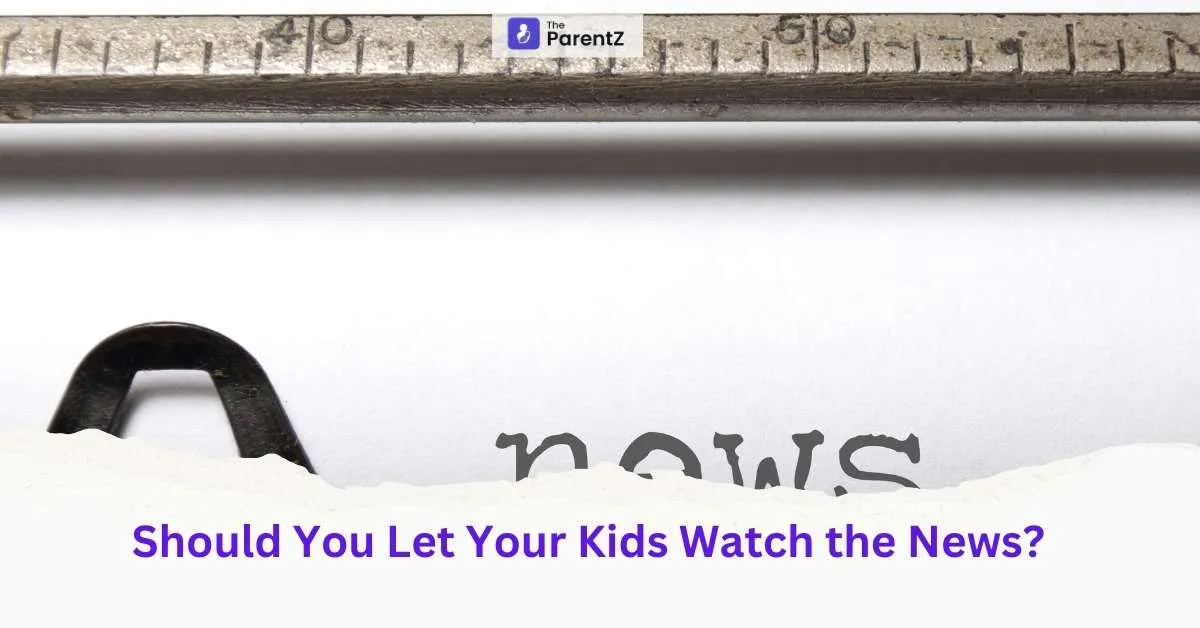In today’s fast-paced digital world, news is omnipresent. From television screens to social media feeds, children are increasingly exposed to current events, whether intentionally or inadvertently. While staying informed is essential for fostering awareness, many parents grapple with the question: Should kids watch the news?
To answer this, it’s vital to consider the potential benefits, risks, and strategies for managing news consumption effectively.
The Benefits of Watching the News
1. Promotes Awareness and Curiosity
Exposing children to the news can spark curiosity about the world. It introduces them to diverse cultures, events, and ideas, broadening their understanding of global issues.
2. Encourages Critical Thinking
When children are guided through news consumption, they can learn to analyze information critically. They begin to ask questions like, “Why did this happen?” or “What can be done about it?” This skill is essential for navigating an increasingly complex world.
3. Fosters Empathy
Learning about the challenges faced by others can help children develop empathy and compassion. Understanding natural disasters, social injustices, or humanitarian efforts can inspire them to care about issues beyond their immediate environment.
4. Builds Communication Skills
News stories can serve as a foundation for meaningful conversations. Discussing current events as a family helps children articulate their thoughts and engage in constructive dialogue.
The Risks of Watching the News
1. Exposure to Violence and Trauma
Modern news often highlights negative or sensational stories, such as violence, disasters, or conflicts. For younger children, these stories can be distressing and lead to anxiety or fear.
2. Misinformation and Bias
Not all news sources are reliable. Children may struggle to discern between credible information and sensationalized or biased reporting, potentially leading to confusion or misinformation.
3. Overwhelm and Desensitization
Constant exposure to grim news can overwhelm children, making them feel helpless. Over time, they might also become desensitized to serious issues, reducing their ability to empathize.
4. Inappropriate Content
Some news stories may include graphic images, harsh language, or adult themes, which are unsuitable for young audiences.
Factors to Consider
Before deciding whether your child should watch the news, consider the following:
1. Age and Maturity Level
Younger children may lack the emotional resilience to process distressing news. Older kids, however, might benefit from thoughtful exposure with parental guidance.
2. Source of News
Opt for child-friendly news outlets that present information in an age-appropriate and balanced manner. Examples include educational news programs or websites designed for children.
3. Time Spent Watching
Limit the duration of news consumption to prevent overwhelm. Short, curated sessions are often more effective than prolonged exposure.
4. Parental Involvement
Co-viewing news content allows parents to provide context, answer questions, and address any fears or misconceptions.
Strategies for Safe News Consumption
1. Choose Age-Appropriate Content
Seek out news platforms tailored for children, such as BBC Newsround or Time for Kids. These sources simplify complex topics and exclude graphic content.
2. Set Clear Boundaries
Establish guidelines about when and where news can be watched. For instance, avoid watching news before bedtime to prevent sleep disturbances caused by anxiety.
3. Discuss Current Events Together
Engage in open discussions about the news. Encourage your child to express their thoughts and ask questions, fostering a supportive environment for learning.
4. Teach Media Literacy
Help your child develop the skills to identify credible sources, recognize bias, and differentiate between fact and opinion. This empowers them to navigate the media landscape responsibly.
5. Focus on Positive Stories
Balance negative news with uplifting stories about kindness, innovation, or environmental progress. This helps children see that the world isn’t solely filled with problems.
Alternatives to Watching the News
If direct news exposure feels inappropriate, consider these alternatives:
- Books and Documentaries: Introduce topics through age-appropriate books or documentaries that provide deeper context without sensationalism.
- Family Discussions: Share and explain significant events in your own words, filtering out unnecessary details.
- Educational Games and Apps: Use interactive tools to teach children about current events in a controlled, engaging way.
Conclusion
Deciding whether children should watch the news isn’t a one-size-fits-all solution. It depends on their age, maturity, and individual sensitivities. While the news can be an excellent tool for fostering awareness and critical thinking, it’s essential to approach it with care. By curating content, setting boundaries, and engaging in discussions, parents can ensure their children gain the benefits of staying informed without being overwhelmed by the complexities of the world.








Be the first one to comment on this story.